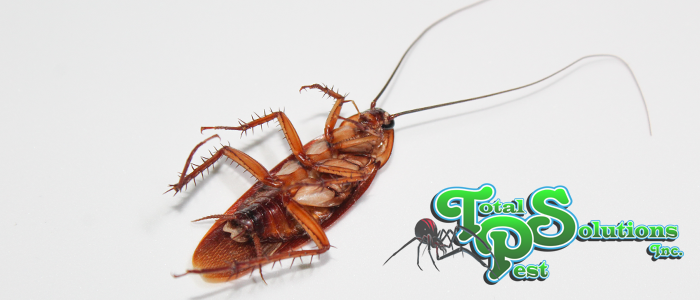
Now, isn’t that a title? As if these insects weren’t alarming enough! More and more people seem to be talking about this, but what gives? It seems like earwigs spend all their time crawling around under rocks and wet leaves, and it seems like there’s no space on their body for wings. Can it really be true? Well, unfortunately, it is true. Earwigs can fly. But how can that be, and what are the implications? If this revelation has you a bit squeamish, we’ll also go over some basics about what earwigs are and how to prevent them, as well as what can be done if you just don’t want them around anymore.
What are Earwigs?
Earwigs have flat bodies with large pincers on their abdomens. Sometimes called pincher bugs, these insects can sometimes grow to be over an inch in length, though most are under an inch long. These are omnivorous hunters that come out at night to feast on smaller and weaker insects, moss, and lichen, though they also dine on leftovers in the kitchen if they happen to make their way inside. They also happen to be some of the most accomplished mothers of the insect variety. While most insects simply lay their eggs and leave (or die), some species of earwig not only tend to the eggs but also care for the nymphs that hatch out of them until their first couple of molts.
As earwigs grow, they shed their skin to grow larger and compete with their pincers over mating rights. Several earwigs tend to live together, and an infested habitat can easily produce dozens of individual earwigs if the conditions are right. Despite any rumors, they do NOT crawl into the human ear and are completely harmless. It would be difficult to find one that can even give you a painful pinch!
How Do They Fly?
Like just about anything that flies, earwigs use wings. They have a uniquely structured wing whose shape is similar to an origami fan or a parasol – It folds up repeatedly and is tucked under panels on the back of the earwig called elytra. A muscular structure connects the wing to the body, where hydrostatic pressure helps move the wings in back and forth waves. The wings themselves fold over a dozen times. Once the earwigs unfurl them, they must beat them a few times to completely expand. After the earwig has finished flying, the wings are then almost rolled up to be tucked back against the body. The process of returning the wings to the elytra can be tricky, and earwigs are not always the most graceful fliers in the first place.
An earwig in the air may be an intimidating sight with its legs spread out and massive pincers dangling down below, but they’re even more harmless in the air than they are on the ground. Preferring to fly for short bursts, earwigs may do this out of an apparent frustration in lack of food or viable mates, or if defeated in combat by a rival, though they are not often agile enough to use their wings to escape from predators. While most species of earwigs have wings, most of those that do may not fly a single time in their entire lives!
How to Prevent Earwigs
Though these insects can be helpful in the garden by eating slugs and aphids, they are also just really uncomfortably alarming. If you want to get rid of them, we understand. Remove flat stones and logs that earwigs can hide under, avoid letting leaves and litter accumulate, and ensure your mulch is never more than two inches thick. This cuts down on places earwigs can inhabit safely.
However, if they’ve already established themselves and you just can’t abide by their company any longer, give the professionals a call. As with all unwanted insects, a professional will help you devise a plan to get rid of the earwigs you have now and keep them from coming back in the future.
continue reading
Related Posts
Don’t Let Pests Take Over: The Top 5 Signs You […]
Flea Infestations in Your Workplace – A Complete Guide for […]
Winning the War Against Kitchen Roach Infestations When it comes […]






